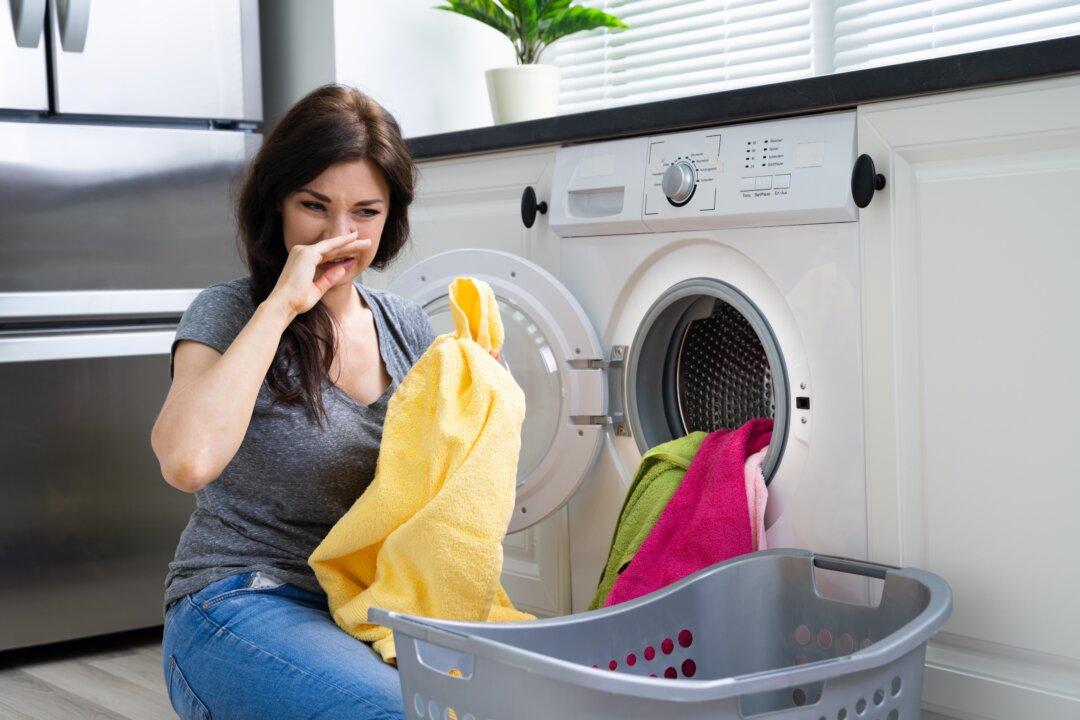Commentary
I’m over here in Mexico and treating my white laundry before washing. I used a cheap product called Pre-Lavador. I spray and start to rub it on my shirt cuffs and collar. Then, a real shock came. As I rubbed, the stains actually faded and then disappeared. It was like some kind of magic show. I’ve never seen this happen before.





